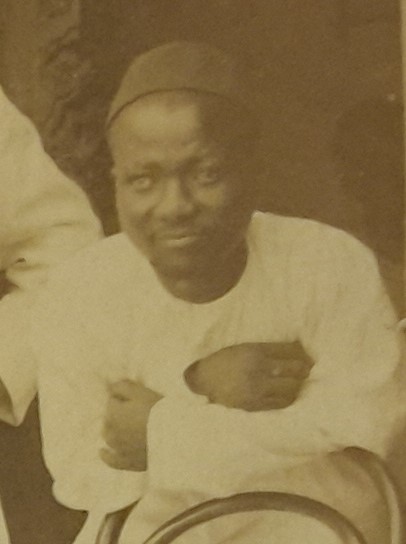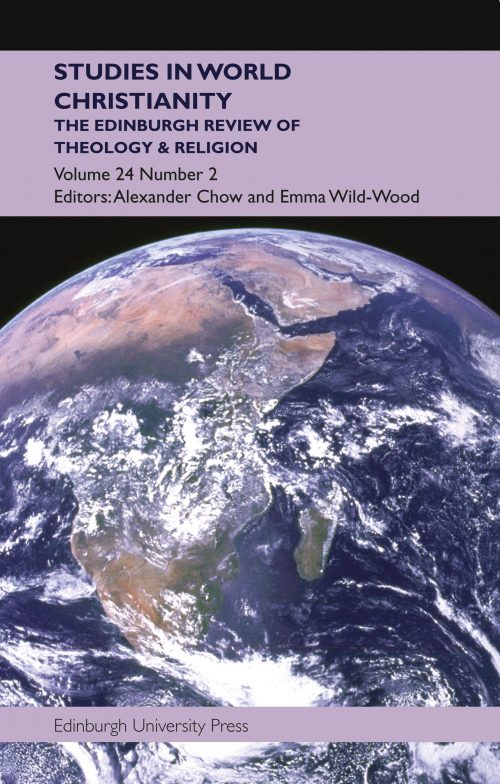
It is a truism to state that Christianity has spread across the world as a result of cross-cultural communication. Between them, the articles in Studies in World Christianity 24.2 illustrate the variety of form and effectiveness of cross-cultural communication in the modern history of encounter with Christianity. They also show familiar patterns. All these articles prioritise textual and oral communication. Reading, writing, preaching and proclaiming are the main modes of communication under scrutiny.
In the first article, ‘Translating the Christian Moral Message’, Zexi (Jesse) Sun examines a particular form of communication used by early Protestant missionaries and Chinese ministers. Early nineteenth-century Protestants focused on bible translation and the production of catechisms. Some expanded this route of textual communication by deploying the popular and widespread Chinese genre of tracts and morality books to disseminate Christian teaching. Sun pays particular attention to Good Words to Admonish the Age, written by Liang Fa, an early Chinese pastor who worked with LMS missionary Robert Morrison. As Sun explores in his essay, Liang Fa’s book is a critique of conventional moral codes which is communicated in the style and form of familiar ethical writings.

John Swedi (second from left), the ‘faithful deacon’, ordained 1879. © USPG. Courtesy: Bodleian Library 
Robert Feruzi, the ‘good layman’. USPG. Courtesy: Bodleian Library
Gary McKee, in his article ‘Benjamin Bailey and the Call for the Conversion of an Ancient Christian Church in India’, examines early Church Missionary Society (CMS) attempts to reform the Thomas churches in India. McKee’s article shows how missionary communication was conditioned by the religious and cultural environment of missionaries. It also demonstrates how success in communicating one’s ideas can cause rejection and upset.
In the third article of this edition, ‘The “Faithful Deacon” and the “Good Layman”’, Alice Ott examines the first Africans trained by the UMCA and the range of their responses to mission Christianity. Ott underlines how unrealistic were the expectations of UMCA missionaries that Africans would be better able than Europeans to communicate in local languages.
Cross-cultural communication that results in the particular patterning of lives is a subject also addressed in the last contribution to this edition. Daewon Moon, in ‘Testimony and Fellowship for a Continuous Conversion in the East African Revival’, examines conversion narratives as a medium through which revivalists reformed themselves. Through testimonies, says Moon, revivalists re-enacted points of transformation in their own lives and developed communal living with other revivalists. Drawing on ideas current in the Anthropology of Christianity, Moon shows how revivalists patterned their lives and remade their selves, through the form and practice of narrating their conversion stories.
This blog is an adapted version of Emma Wild-Wood’s editorial for Volume 24.2 of Studies in World Christianity (published August 2018). Browse the table of contents here.





